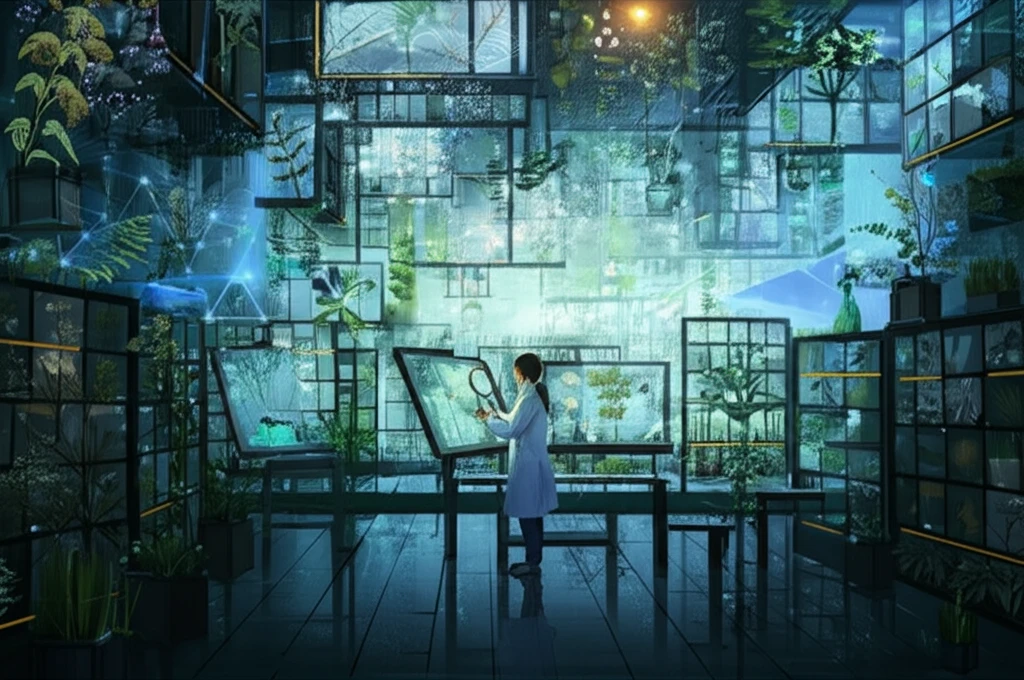
Hidden Herbaria: Why Preserving Plant Specimens Matters More Than Ever
"Uncover the critical role of herbaria and voucher specimens in modern botanical research and conservation efforts. From tracking invasive species to understanding climate change, these collections hold invaluable insights."
In an era defined by rapid environmental changes and increasing threats to biodiversity, the role of plant conservation has never been more critical. While many conservation efforts focus on protecting living ecosystems, there's another essential aspect of preserving plant life often hidden from public view: herbaria. These collections of preserved plant specimens, often referred to as voucher specimens, serve as invaluable resources for scientists, conservationists, and policymakers.
Herbaria are essentially libraries of plant life, where specimens are carefully collected, preserved, and cataloged for future study. Each specimen acts as a snapshot in time, providing a wealth of information about the plant's morphology, genetics, and geographic distribution. These collections are not merely historical artifacts; they are dynamic tools used to address pressing environmental challenges.
This article explores the vital role of herbaria and voucher specimens in modern botanical research and conservation. From tracking the spread of invasive species to understanding the impacts of climate change, we'll uncover how these collections are helping us protect plant biodiversity and make informed decisions about our environment.
The Power of Plant Preservation: Why Voucher Specimens Matter

Voucher specimens are more than just dried plants pressed onto paper. They are meticulously documented records that provide a tangible link to a specific time and place. When a botanist collects a plant specimen, they create a voucher by preserving a representative sample and depositing it in a recognized herbarium. This voucher serves as a permanent record of the plant's identity and origin.
- Accurate Identification: Voucher specimens allow for verification of plant identifications, ensuring that research is based on correctly identified species.
- Tracking Distribution: Herbaria document the geographic distribution of plants, providing valuable data for mapping species ranges and monitoring changes in distribution patterns.
- Historical Records: Voucher specimens provide a historical record of plant life, allowing scientists to study changes in plant communities over time.
- Genetic Resources: Herbaria serve as repositories of genetic material, providing a source of DNA for future research.
Securing Our Future with Plant Knowledge
Herbaria and voucher specimens are indispensable tools for understanding and protecting plant biodiversity. By supporting these collections and the research they enable, we can make informed decisions about conservation, land management, and environmental policy. As we face increasing environmental challenges, the knowledge stored within herbaria will be essential for securing a sustainable future for our planet.
